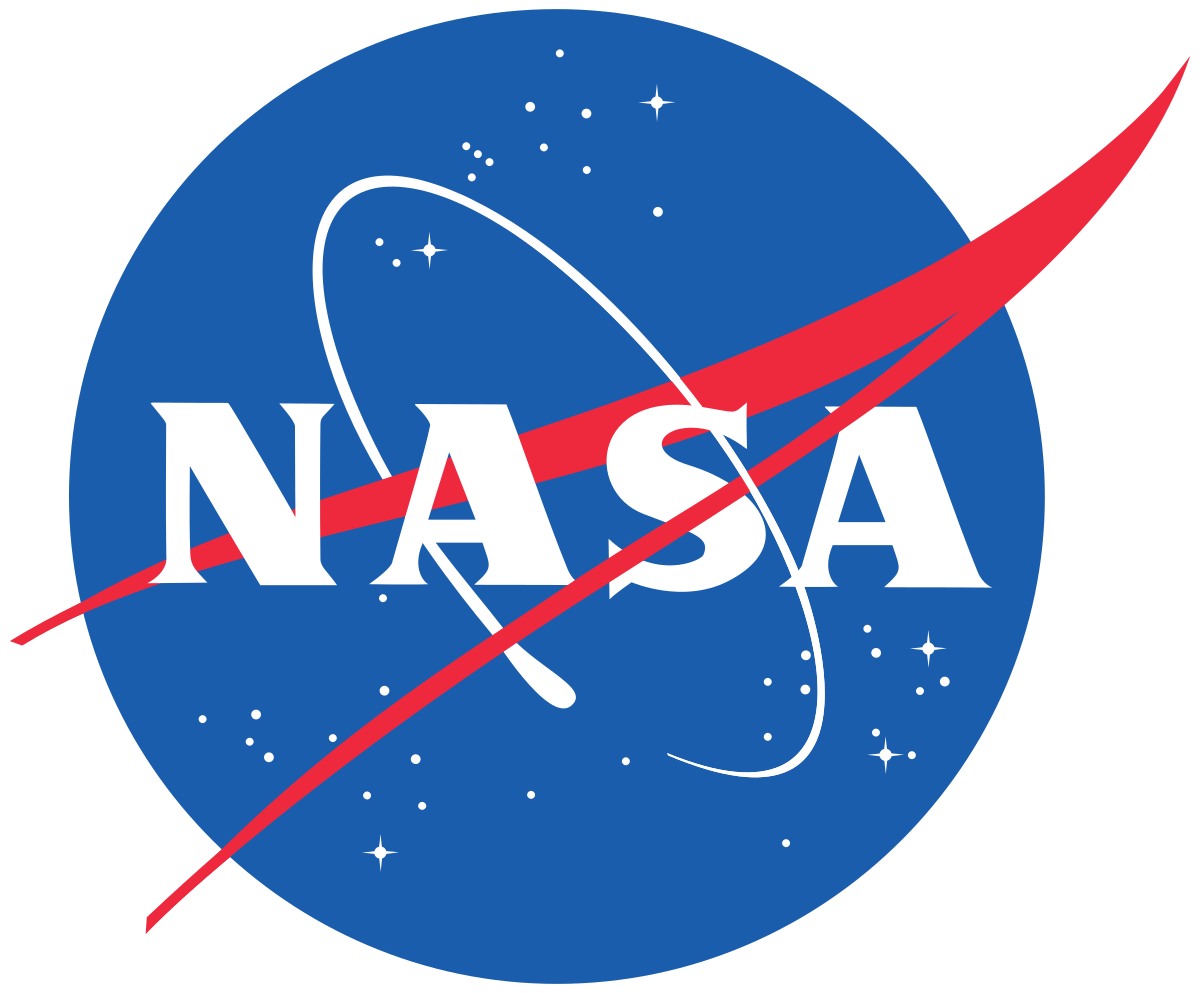A recent NASA report outlines the most promising strategies for handling the growing space debris problem.
There are currently more than one hundred and sixty million pieces of space debris orbiting the Earth. Experts are worried that we could be on the verge of a destructive cascading orbital effect known as the Kessler Syndrome.
According to NASA’s new report, the problem isn’t quite as bad as previously thought. That is because the new strategies outlined in the report are more cost-effective than the space agency had previously anticipated for tackling the unsustainable space debris problem.
The new NASA report is titled ‘Cost and Benefit Analysis of Mitigating, Tracking and Remediating Orbital Debris’. It compares over ten different strategies for reducing the risk of collisions between satellites and space debris.
Avoiding these types of incidents is critical to our exploration of space. If a piece of space debris were to impact and shatter a satellite in orbit, the result would be to create many more pieces of space shrapnel. These, in turn, could break other satellites apart. The resulting cascade of debris would lead to an effect known as the Kessler Syndrome.
Samantha Lawler is a University of Regina astronomer. She expressed concerns that SpaceX’s Starlink satellites have brought us far too close to a Kessler Syndrome. With space debris traveling at approximately seventeen thousand mph, cleanup efforts are akin to “collecting bullets.”
The new report details over ten techniques, including space debris removal missions, better satellite shielding, and improved space debris tracking.
Jericho Locke is a NASA analyst and the lead author of the new report. He said, “This study allows us to start to answer the question: What are the most cost-effective actions we can take to address the growing problem of orbital debris?”
One of the best techniques outlined in the report is the act of reducing the post-mission disposal time. This refers to the amount of time a satellite is allowed to stay in orbit after its mission is completed. Reducing this time would significantly reduce the amount of junk in orbit at a relatively low cost.
NASA’s new report builds on an earlier report in 2023 written by a team of researchers from NASA’s Office of Technology, Policy and Strategy (OTPS). The paper estimated the cost of space debris to satellite operators. This estimation included the cost of maneuvering to avoid debris.
Locke explained that “By measuring everything in dollars, we can directly compare shielding spacecraft to tracking smaller debris or removing fifty large pieces of debris to removing fifty thousand smaller ones,”.
Charity Weeden leads NASA’s OTPS. She said, “This study is part of NASA’s work to rapidly improve our understanding of that environment as outlined in NASA’s recently released Space Sustainability Strategy, by applying an economic lens to this critical issue.”
This week, a collaborative private sector effort to deal with space debris launched the Space Trash Signs initiative. The initiative analyzed the space debris problem by creating debris “constellations”. It also estimated the cost of removal of each of the pieces of space junk that make up these makeshift patterns.
